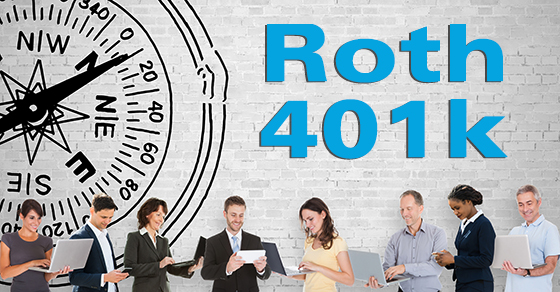Prepaying property taxes related to the current year but due the following year has long been one of the most popular and effective year-end tax-planning strategies. But does it still make sense in 2018?
The answer, for some people, is yes — accelerating this expense will increase their itemized deductions, reducing their tax bills. But for many, particularly those in high-tax states, changes made by the Tax Cuts and Jobs Act (TCJA) eliminate the benefits.
What’s changed?
The TCJA made two changes that affect the viability of this strategy. First, it nearly doubled the standard deduction to $24,000 for married couples filing jointly, $18,000 for heads of household, and $12,000 for singles and married couples filing separately, so fewer taxpayers will itemize. Second, it placed a $10,000 cap on state and local tax (SALT) deductions, including property taxes plus income or sales taxes.
For property tax prepayment to make sense, two things must happen:
- You must itemize (that is, your itemized deductions must exceed the standard deduction), and
- Your other SALT expenses for the year must be less than $10,000.
If you don’t itemize, or you’ve already used up your $10,000 limit (on income or sales taxes or on previous property tax installments), accelerating your next property tax installment will provide no benefit.
Example
Joe and Mary, a married couple filing jointly, have incurred $5,000 in state income taxes, $5,000 in property taxes, $18,000 in qualified mortgage interest, and $4,000 in charitable donations, for itemized deductions totaling $32,000. Their next installment of 2018 property taxes, $5,000, is due in the spring of 2019. They’ve already reached the $10,000 SALT limit, so prepaying property taxes won’t reduce their tax bill.
Now suppose they live in a state with no income tax. In that case, prepayment would potentially make sense because it would be within the SALT limit and would increase their 2018 itemized deductions.
Look before you leap
Before you prepay property taxes, review your situation carefully to be sure it will provide a tax benefit. And keep in mind that, just because prepayment will increase your 2018 itemized deductions, it doesn’t necessarily mean that’s the best strategy. For example, if you expect to be in a higher tax bracket in 2019, paying property taxes when due will likely produce a greater benefit over the two-year period.
For help determining whether prepaying property taxes makes sense for you this year, contact us. We can also suggest other year-end tips for reducing your taxes.






